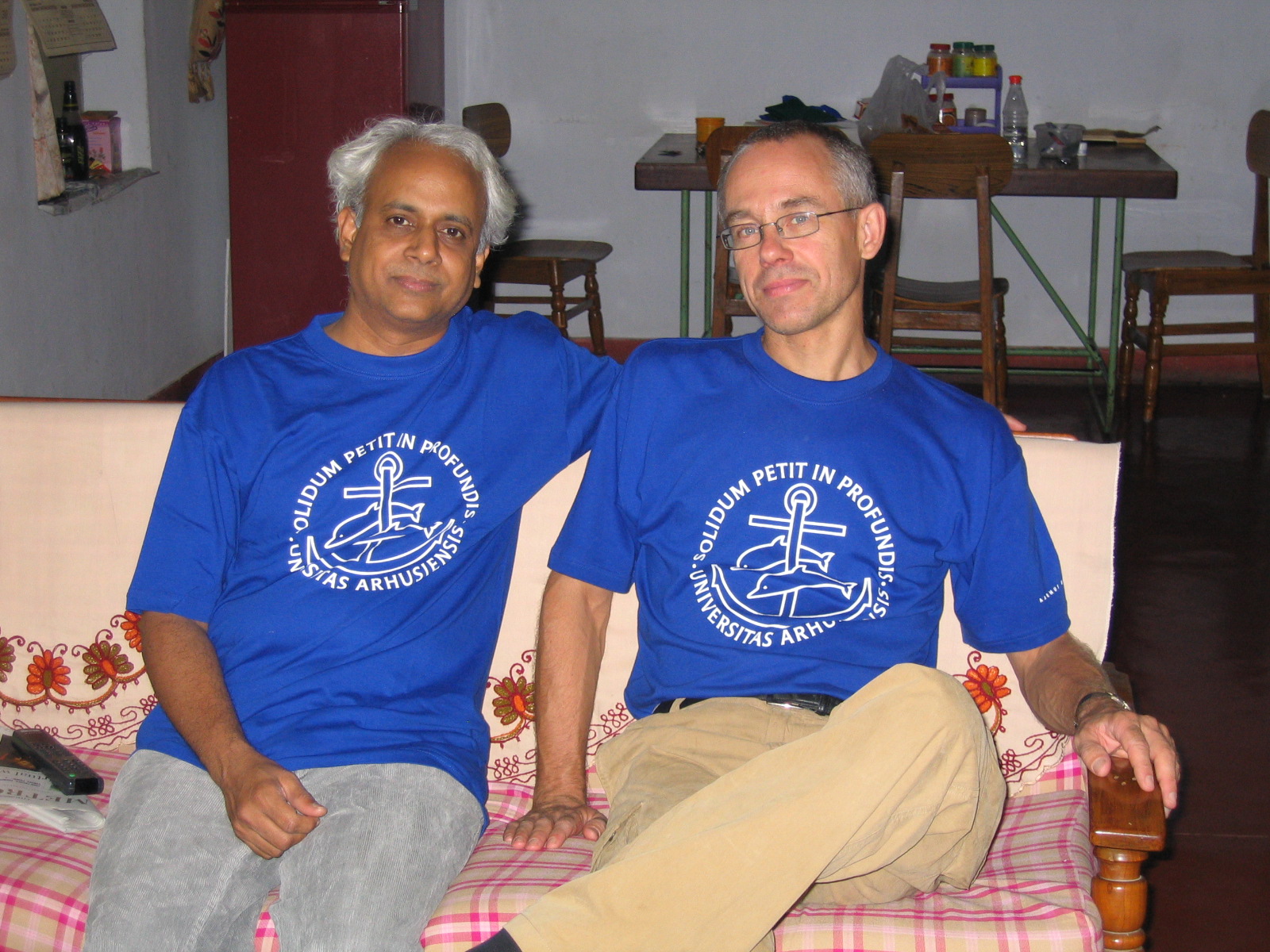Project DescriptionControlling Tuberculosis in independent India 1948-1978
- a Danish contribution to international public health
This project seeks to analyse the medical, social and cultural processes inherent in the attempt to control Tuberculosis in independent India. Particular attention will be paid to the Danish contribution to this attempt. The project is connected to be part of the Danish ‘Galathea 3’ expedition. The project is situated within two fields of study:
1- The social history of medicine in modern India
2- The history of Danish development assistance
While the former field has been rapidly expanding in recent years, there is very little work on tuberculosis[1], and the Danish contribution to tuberculosis control in India has never been the object of detailed studies.[2] The latter field is of rising importance among Danish historians and anthropologists, because development assistance was used by successive Danish governments to carve out a position in the international community and to give the Danish population a sense of purpose in the new world order emerging after 1945.
The project will be conducted in Cooperation with Professor V. R. Muraleedharan from the Indian Institute of Technology in Chennai, Tamil Nadu, in south India. In several respects the city played an important role in the early phases of tuberculosis control in independent India. The ship ‘Galathea 3’ is set to call at Pondicherry in Tamil Nadu in October 2006.
In 1947 tuberculosis was one of the most deadly diseases in India. It was estimated that tuberculosis claimed 500,000 lives every year; a number only exceeded by malaria. The BCG vaccine against Tuberculosis was introduced into India by a Danish doctor from the State Serum Institute in Copenhagen. As a representative of WHO, he helped in 1948 to establish a WHO-approved BCG laboratory in Madras (now Chennai) – the first of its kind in Asia. Later in 1948 the so-called International Tuberculosis Campaign (ITC) was invited to demonstrate BCG vaccination in India. ITC was a joint enterprise between three Scandinavian relief organizations, UNICEF and – in an advisory role – WHO. Within ITC, however, Danish doctors and nurses were predominant.[3]
Although the intention was to conduct a brief campaign to demonstrate the technique of BCG vaccination, ITC eventually stayed until 1951 and conducted 1.6 million vaccinations throughout India. After 1951 the vaccination programme was continued by the Indian Government, UNICEF and WHO. Today BCG is still part of the vaccination programme in India. BCG was, however, not universally acclaimed and in Madras there were press controversies over the use of the vaccine in both 1949 and1955.
During the 1950s efforts to control tuberculosis were to some extent redirected towards the employment of recently discovered antibiotic drugs. In populous developing countries it was, however, essential that drugs could be administered cheaply to patients in their homes. In 1956 a ‘Tuberculosis Chemotherapy Centre’ (Later the’ Tuberculosis Research Centre’) was set up in Madras, with the purpose of assessing the prospect for domiciliary treatment. The centre was funded by WHO, the Indian and Madras Governments and under the scientific direction of the British Medical Research Council.[4] In its first decade this centre lived a turbulent life, providing important scientific result on the one hand, facing lack of funding and even closure on the other. Also, in more recent years research emanating from the centre has questioned the efficacy of the BCG vaccine.[5]
Thus from the 1950s the Indian authorities and international agencies had two alternative strategies in their attempt to control tuberculosis in India.
1. A preventive strategy based on the BCG-vaccine
2. A curative strategy based on a range of antibiotic drugs.
The project will analyse how these two strategies were implemented, how they complemented each other and to what extent there was a rivalry between them. Particular attention will be paid to the Danish position in relation to these two strategies.
Niels Brimnes will spend approximately two weeks in the archives of WHO, Geneva, and approximately four weeks in Chennai, South India. The visit to Geneva will take place before 1. October 2006, while the visit to Chennai should be placed according to the schedule of ‘Galathea 3’, which is set to call at Pondicherry in October 2006. The purpose of Niels Brimnes’ stay in Chennai is to perform the following research activities:
1) To conduct interviews with people, who have worked with the control of tuberculosis in Tamil Nadu. Professor V. R. Muraleedharan of the Indian Institute of Technology (Chennai) and an employed research assistant will assist in the establishment of contacts to potential interviewees.
2) To consult local newspapers not available in Europe for controversies regarding BCG in 1949 and 1955.
3) To consult relevant files in the Tamil Nadu State Archive and the archive of the Tuberculosis Research Centre, Chetput.
A research assistant will be employed for six weeks in Chennai. The research assistant will be identifying interviewees and go through local newspapers in the Tamil language in selected periods between 1948 and 1960.
[1] For a rare exception see, Sunil Amrith, ‘In Search of a “Magic Bullet” for Tuberculosis: South India and Beyond, 1955-65’, Social History of Medicine, 17, 1 (2004).
[2] The general history of ITC is presented in Tyge Krogh, Mellem Efterkrigshjælp og u- landsbistand. Den internationale tuberkulosekampagne 1947-51, Copenhagen: Lægeforeningens forlag 1989.
[3] I have prepared a manuscript dealing with aspects of ITC activities in India. This manuscript will be submitted in the autumn of 2005 for consideration in an international peer-reviewed journal. See N. Brimnes, ‘Vikings against Tuberculosis. The International Tuberculosis Campaign in India 1948-51’.
[4] During a British Academy Visiting Fellowship I have in August 2005 collected material relating to the Tuberculosis Chemotherapy Centre in the National Archives in Kew, London.
[5] ‘Trial of BCG Vaccines in south India for Tuberculosis Prevention’, Indian J. Med. Res. 72 (suppl.), July 1980, pp. 1-74.  |
 Side 2 af 2 Side 2 af 2 |
|
|

Professor V. R. Muraleedharan, Indian Institute of Technology, Madras sammen med Niels Brimnes
|